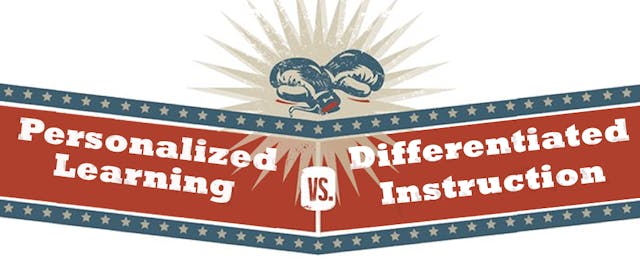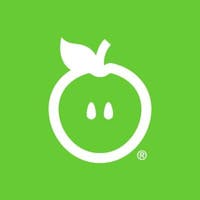Personalized learning. Differentiated instruction. Describe the differences in thirty seconds. Having trouble? The two terms are used with increasing frequency in education, often interchangeably. But the terms have distinct meanings and understanding the difference is important, two veteran educators say.
Dale Basye and Peggy Grant are the co-authors of Personalized Learning: A Guide for Engaging Students with Technology, published by the International Society for Technology in Education (ISTE). In the book, they compare personalized learning, individualized learning, and differentiated instruction, drawing key distinctions between these strategies.
Differentiation is when instruction is tailored to meet the needs of individual students, Basye and Grant say. “The overarching academic goals for groups of students are the same, yet the teacher has the latitude to use whatever resources and approaches [he or she sees] fit to connect with a student,” Basye wrote in a blog post explaining these concepts.
Differentiated instruction “is an awareness of, and active response to, students’ various learning styles,” Basye added. “It involves exercising flexibility in assessment, grouping, and instruction to create the best learning experience” for each student.
Individualized learning, a term coined nearly 50 years ago, refers to instruction that is “calibrated to meet the unique pace of various students,” Basye wrote. Whereas differentiation personalizes “how” instruction is delivered, individualization personalizes “when” it is received.
“The academic goals … remain the same for a group of students, but individual students can progress through the curriculum at different speeds, based on their own particular learning needs,” Basye explained. “This approach serves students who may need to review previously covered material, students who don’t want to waste time covering information they’ve already mastered, or students who need to proceed through the curriculum more slowly or immerse themselves in a certain topic or principle to really get it.”
Connecting the Dots
Differentiated instruction and individualized learning are subsets of personalized learning, which also involves giving students some choice in how they learn. Personalized learning, “refers to the whole enchilada,” Basye wrote: “learning that is tailored to the preferences and interests of various learners, as well as instruction that is paced to a student’s unique needs. Academic goals, curriculum, and content—as well as method and pace—can all conceivably vary in a personalized learning environment,” (see our earlier article, “Five Key Elements of Personalized Learning.”)
“Instead of education being something that happens to the learner, it is something that occurs as a result of what the student is doing, with the intent of creating engaged students who have truly learned how to learn,” Basye concludes.
This article and our last article are meant to lay the foundation. In future articles, we’ll look at useful strategies and keys to success for putting these concepts into practice.



